Doraemi House / 도래미하우스
17.5Km 2025-08-12
18-26, Dongnyeok-gil, Dado-myeon, Naju-si, Jeollanam-do
+82-10-8616-6725
Doraemi House is a hanok stay type of tourist accommodation located in the village of Dorae, Naju City, Jeollanam-do Province. The house was named Doraemi, meaning “the beauty (mi) of Dorae”, in the hope of conveying the beauty of the village. The accommodation consists of three hanok structures - the Bonchae, Sarangchae, and Byeolchae. The Bonchae consists of two bedrooms with a garret; the Sarangchae has 2 bedrooms flanked by a living room; and the Byeolchae, located on a hill, is a cozy single room, with a wooden swing placed in front of the building. Doraemi House is decorated with cozy, natural items that create a relaxing atmosphere. A pleasant forest trail passes by the house and leads to Gyeeunjeong Pavilion, one of the village’s three pavilions, and a small pond. The owner of the house has established a small reading space filled with picture books next to the Bonchae building, where guests can enjoy reading amid a tranquil atmosphere.
Changpyeong [Ville Lente] à Damyang (전남 담양 창평 [슬로시티])
17.7Km 2021-07-23
56-24, Doldam-gil, Damyang-gun, Jeollanam-do
+82-2-383-3807
Changpyeong-myeon est une belle région agricole où il fait bon vivre. Les industries suburbaines de tomates, fraises et légumes y sont bien développées et les environnements naturels ont été remarquablement conservés. Cet endroit à un gros potentiel. Le nom, Changpyeong est utilisé depuis la Dynastie Goryeo et elle fut célèbre pour les venues des officiels du gouvernement loyaux envers la nation, les parents et la courtoisie. Les bonbons et sucreries de Changpyeong à base de riz qui furent présentés aux rois de la Dynastie Joseon, le sel de bambou de plus de mille ans de mystère, la pate d’haricot et le traditionnel tteokgalbi ne sont pas simplement des aliments traditionnels mais aussi ce pour quoi Changpyeong est fière.
* Histoire
Nommée Gugyeguk durant la Période Samhan.
Nommée Guljihyeon durant la Période Baekjae.
Nommée en 757 Giyanghyeon durant la Période Shilla.
Nommée en 940 Changpyeonghyeon durant la Période Goryeo et le corps principal du gouvernement, le Hyeonryeong, fut établit en 1144.
Pendant la Période Joseon, en 1479 (5ème année du règne du Roi Seongjong), Changpyeonghyeon fut deplacée et assujettie à Gwangjumok. En 1758 (34ème année du règne du Roi Yeongjo), Min Baek Rok compila les journaux de Changpyeonghyeon et en 1793 (17ème année du règne du Roi Jeongjo), le magistrat du district de Changpyeonghyeon, Jo Gwang Jon bougea de Goseo-myeon, Goeup-ri à Changpyeong-myeon, Changpyeong-ri, 82-bunji. Le 26 mai 1895, elle devint Namwon-bu, Changpyeong-gun. Le 24 août 1896, elle devint Jeollanam-do, Changpyeong-gun et possède désormais 9 districts.
Sous l’occupation japonaise, en 1910, elle fut Changpyeong-gun et le 28 février 1914, en accord avec l’ordre ministériel numéro 11, elle fut incorporée à Damyang-gun et fut renommée Changpyeong-myeon.
※ Il existe une théorie disant que Changpyeong fut nommée d'après Changpyeonghyang (lieu de naissance de Confucius) en raison de ses similarités géographiques.
Le 1er avril 1990, Nam-myeon Oedong-ri fut incorporée à Changpyeong-myeon.
Pavillon Geumseonggwan à Naju (나주 금성관)
17.7Km 2023-03-24
8, Geumseonggwan-gil, Naju-si, Jeollanam-do
+82-61-339-8611
Le pavillon Naju Geumseonggwan servait de guesthouse pour les diplomates et politiques durant la dynastie Joseon. Le bâtiment a été construit entre 1475 et 1479. La structure a été reconstruite sous l'occupation japonaise avant d'être restorée dans son état initial en 1977.
Le Pavillon Myeonangjeong (면앙정)
17.8Km 2024-12-18
402, Jewol-ri, Bongsan-myeon, Damnyang-gun, Jeollanam-do
+82-61-380-2811
Le Pavillon Myeonangjeong (Monument numéro 6 de la Province de Jeollanam-do) est situé sur le flanc du Mont Jebongsan à Jewol-ri, Bongsan-myeon, Comté de Damyang-gun, Province de Jeollanam-do. Ce pavillon fut établi par Song Sun (1493-1583) en 1533, qui l’utilisa comme endroit où il écrivait ses poèmes et depuis, de nombreux lettrés et intellectuels tels que Lee Hwang (1501-1570) s’y sont rendus pour discuter.
Le toit originel était fait de roseaux, de paille, d’herbe et autres et donc pouvait tout juste aider les gens à se protéger du vent et de la pluie. Après plusieurs réparations, le pavillon est devenu ce qu’il est aujourd’hui. De derrière, vous pouvez voir la châine de montagnes et des champs. De célèbres poèmes de lettrés sont gravés dans des panneaux de bois accrochés sur le mur du pavillon.
나주목사내아
17.9Km 2021-02-24
Jeollanam-do Naju-si Geumseonggwan-gil 13-10
+82-61-332-6565
나주목사내아는 조선시대 나주목사의 관저로서 상류주택의 안채와 같은 평면 구조로 이루어져 있으며 안채는 순조 25년(1825년) 건립된 것으로 건물 구조는 전통 양식인 한옥 ㄷ자형이다. 나주목사내아는 현재 전남 문화재자료 제 132호로 지정되어 있다. 나주는 조선시대 관아건물이 많이 남아있어 문화유적 답사지로서 적합하다.
* 규모 - 내아 1동, 행랑채 1동
Village Changpyeong Samjinae à Damyang (담양 창평 삼지내마을)
17.9Km 2020-04-28
56-24, Changpyeong-myeon, Damyang-gun, Jeollanam-do
+82-61-383-3807
Le village de Changpyeong Samjicheon (Samjinae), fondé aux alentours de 1510, est entouré par le mont Wolbongsan à l’Est et par le pic de Gukjubong au Sud. Le nom du village, Samjicheon(nae), vient de la forme de la rivière qui coule devant le bourg, qui forme les contours d’un phoenix embrassant le village de ses ailes déployées. Situé au milieu d’une terre fertile, le village a longtemps été réputé pour l’abondance de ses produits fermiers. Il abrite de nombreux monuments culturels et hanoks traditionnelles, comme la maison Damyang Gojaeseon qui a été désignée Bien Folklorique n° 5. La route en S qui traverse le village permet aux visiteurs de se promener tranquillement parmi les maisons hanoks d’une authentique valeur traditionnelle.
Gotaekhanok / 고택 한옥에서
18.0Km 2025-08-12
88-9, Doldam-gil Changpyeong-myeon, Damyang-gun, Jeollanam-do
+82-61-382-3832
Hanok Pension is an old traditional Korean house located in Samjinae Village, Changpyeong-myeon, Damyang-gun, the first village in Asia to be listed as a 'Slow Village.' It has 15 guestrooms in traditional Korean house buildings along a stone-wall road just like in the old days in Korea. The guesthouse is conveniently located for those planning to visit Juknokwon (Bamboo Garden) and Metasequoia Street, which is regarded as the most beautiful street in Korea, because they are all within 30 minutes away from the guesthouse on foot. The old traditional Korean house consists of one main building and two detached buildings, between which is a large front yard. The two detached buildings are divided into different sections for the guests to stay in. You will see lots of different wild flowers in and around the premises. The tea room is another popular feature of the guesthouse because of the calming atmosphere.
3917 Majung / 3917 마중
18.0Km 2025-08-13
42-16, Hyanggyo-gil, Naju-si, Jeollanam-do
Located in Gyo-dong, Naju-si, Jeollanam-do, 3917 Majung is a cultural space combining a hanok (traditional Korean house) cafe, modern cultural experiences, and hanok guesthouse. The name “3917 Majung” refers to its goal of “welcoming (majung) the modern culture of Naju in 1939 anew in the year 2017.” Spread out on a wide land area of 13,223 m2 are four buildings of Nanpajeong, Sarangchae, Mokseowon, and Siseoheon. All buildings take after the unique combination of Japanese- and Western-style housing commonly seen in the late Korean Empire period.
Nanpajeong is a pavilion constructed during mid-Joseon period, named after its most famous guest Jeong Seok-jin (pen-name: Nanpa), a scholar who led an uprising against Japanese imperialism in late Joseon period. There are two ondol (under-the-floor heating system) rooms in total, separated by a central wooden-floor hall (daecheong), one supporting 3 to 4 guests, one ideal for 2 to 3 guests. The restroom, which is also fitted with a shower booth, is located outside the building.
Eunhaengmok Room 1 and 2, which are housed in the Sarangchae building, are tatami rooms with balcony. Sarangchae’s shower and restroom is located in the building. Mokseowon is likewise made up of three tatami rooms, separated by open floor space and an attic. The shower and restroom is located outside the building. Siseoheon houses a 4-person room and the largest room in the complex, capable of supporting more than 10 guests. There are 2 restrooms and 2 restrooms with shower facilities, making the building ideal for group events.
Gare de Naju
19.4Km 2016-08-08
56 Naju-ro, Naju-si, Jeollanam-do
La gare de Naju se trouve sur la ligne ferroviaire Honam qui dessert les provinces du Jeolla-do. La gare se trouve à Songwol-dong, Naju-si dans la province du Jeollanam-do. L’ancienne gare de Naju, autrefois située à Jungnim-dong, a été le point de départ du mouvement d’indépendance des étudiants de Gwangju en 1929 qui résulte des conflits entre les étudiants coréens et japonais qui transféraient pour Gwangju. Cette importance historique a retardé le déplacement de la gare de Naju, mais avec l’ouverture partielle de la ligne Honam à double voie le 10 juillet 2001, la gare de Naju a été fusionnée avec la gare de Yeongsanpo et déplacée à son emplacement actuel en face de la mairie de Naju. Le bâtiment de l’ancienne gare de Naju était trop vétuste et trop petit pour accueillir tous les passagers de la région, et c’est la gare de Yeongsanpo qui a été utilisée pour pourvoir aux besoins des passagers. Après la fusion des deux gares, tous les trains normaux de la ligne Honam, ainsi que certains trains KTX s’arrêtent à la gare de Naju.

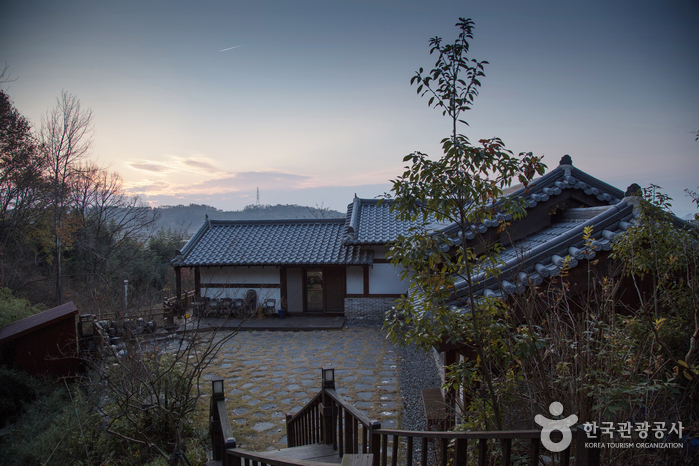
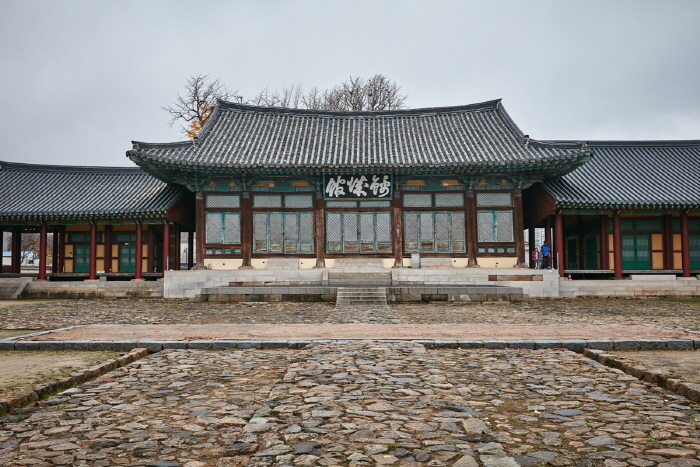
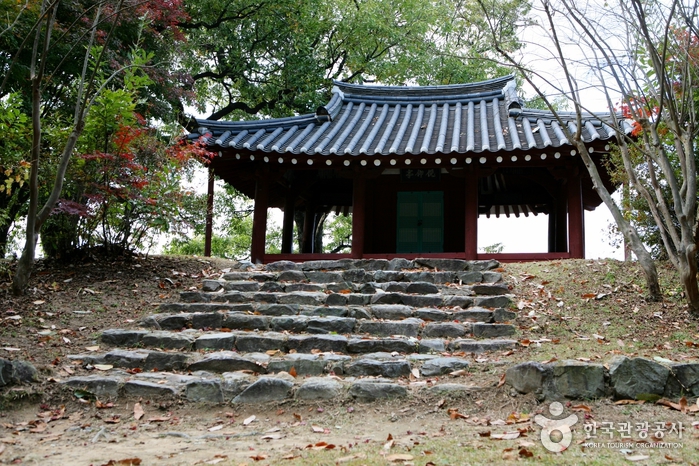
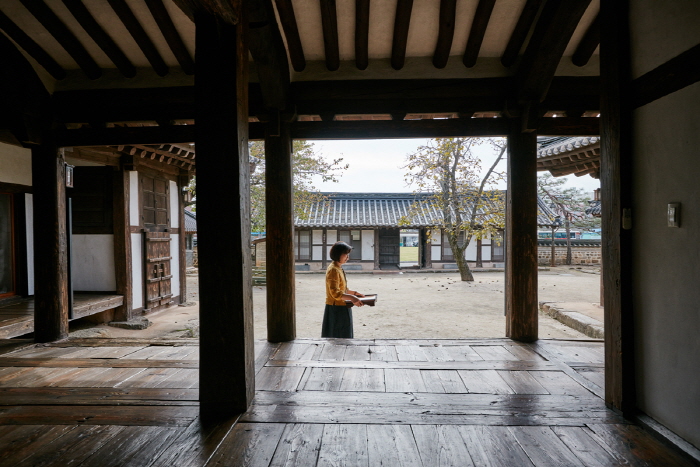
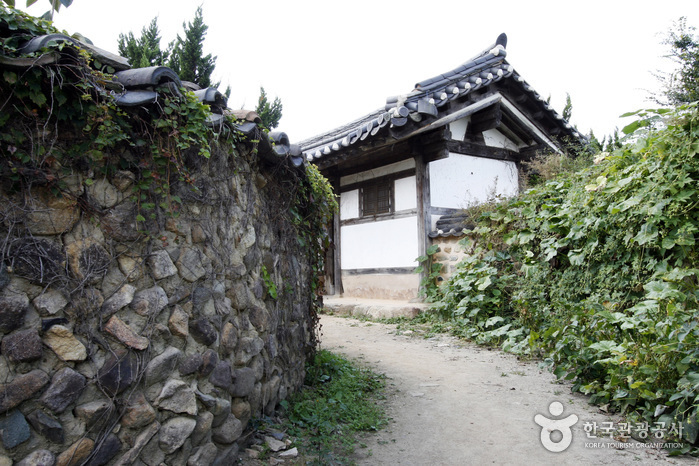
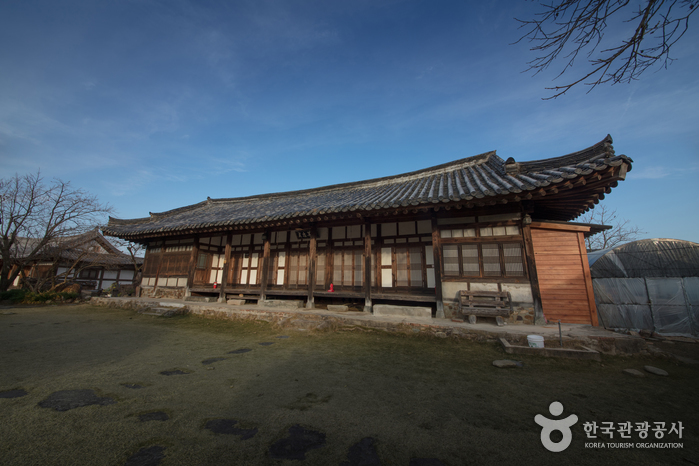
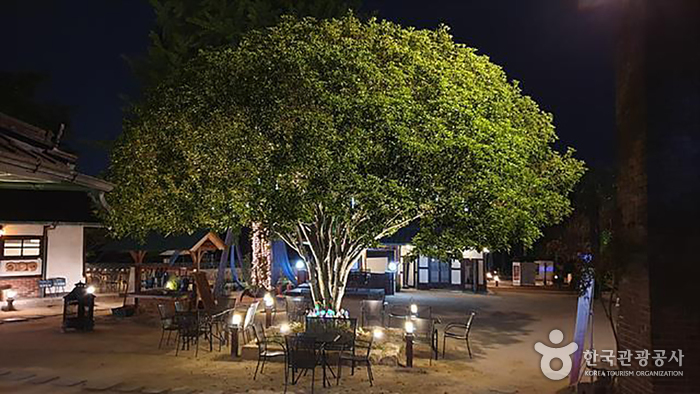
 Français
Français
 한국어
한국어 English
English 日本語
日本語 中文(简体)
中文(简体) Deutsch
Deutsch Español
Español Русский
Русский